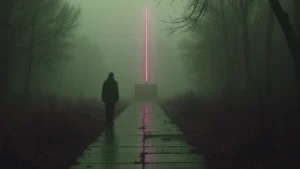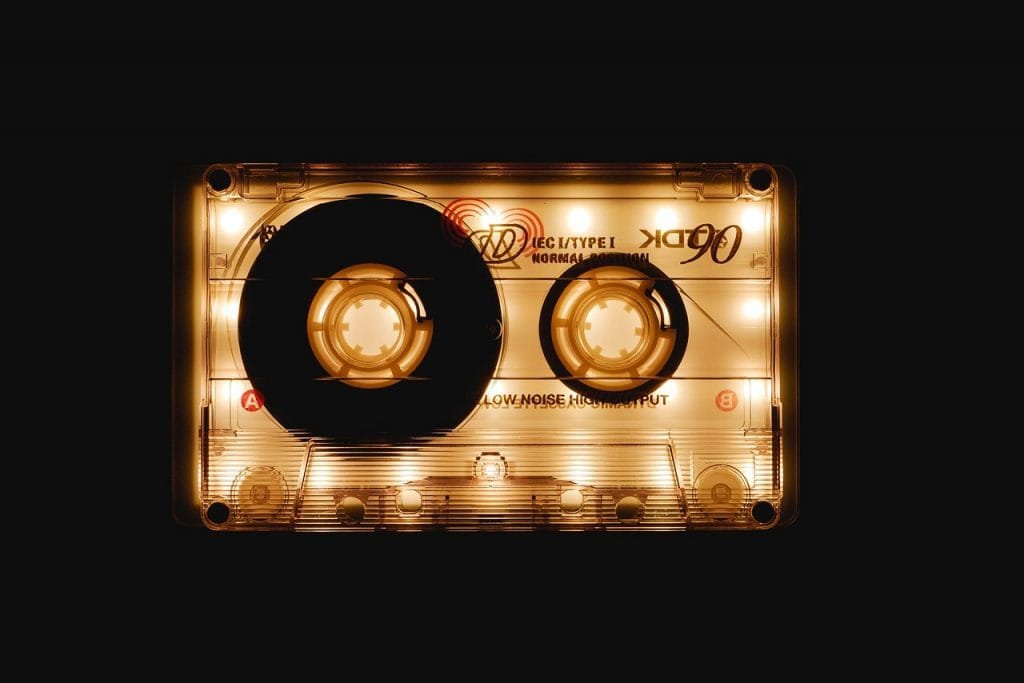Drone music composition represents a unique intersection of traditional musical practice, experimental techniques, and technological innovation. Unlike conventional musical forms, drone composition often focuses on the subtle manipulation of sustained sounds and the careful orchestration of sonic textures over extended periods. This exploration of compositional approaches reveals the sophisticated methodologies employed by drone musicians in creating their immersive sonic landscapes.
The Foundation of Drone Composition
At the heart of drone composition lies a fundamental shift in musical thinking. Rather than constructing melodies and rhythmic patterns, composers focus on the internal life of sounds themselves. This approach requires a deep understanding of acoustic principles, harmonic relationships, and psychoacoustic effects. Successful drone composers must develop an intimate knowledge of how sounds interact, evolve, and affect the listener over time.
The compositional process often begins with the selection of source material. This might involve recording acoustic instruments, synthesizing electronic tones, or capturing environmental sounds. The choice of initial sound sources significantly influences the composition’s character and potential for development. Many composers spend considerable time experimenting with different sound sources before settling on the core elements of their piece.
Temporal Architecture
Time management in drone composition differs dramatically from traditional musical forms. Instead of working with bars and measures, drone composers often think in terms of gradual evolution and extended duration. This approach requires careful consideration of how sonic elements will develop over time spans that might range from several minutes to multiple hours.
The concept of musical time in drone composition often embraces what composer Pauline Oliveros termed “deep listening.” This approach involves creating spaces for listeners to explore subtle variations and interactions within the sound field. Composers must carefully balance the need for variation with the maintenance of the drone’s fundamental character, ensuring that changes occur at a pace that allows for deep engagement with the sound.
Harmonic Development Strategies
Harmonic construction in drone music frequently employs complex mathematical relationships and alternative tuning systems. Composers might work with just intonation, exploring pure harmonic ratios that create rich, resonant textures. Others might utilize microtonal variations to generate beating patterns and other psychoacoustic phenomena.
The layering of harmonics requires careful attention to frequency relationships and spectral content. Composers often employ spectral analysis tools to understand and manipulate the harmonic content of their sounds. This technical understanding allows for the creation of rich, evolving textures that maintain coherence while constantly shifting in subtle ways.
Textural Orchestration
The organization of sonic layers in drone music demands a sophisticated approach to textural development. Composers must consider how different sound layers interact, complement, and potentially interfere with each other. This process often involves careful consideration of frequency ranges, spatial positioning, and temporal relationships between different elements.
Modern drone composers frequently employ various processing techniques to shape and modify their sound materials. These might include filtering, granular synthesis, convolution, and various forms of modulation. The application of these processes must be carefully controlled to maintain the essential character of the drone while allowing for organic development over time.
Spatial Composition
Space plays a crucial role in drone composition, both in terms of the physical performance environment and the creation of virtual sonic spaces within the music itself. Composers must consider how their work will interact with different acoustic environments and how spatial movement and positioning can enhance the listening experience.
Many contemporary drone composers work with multi-channel audio systems, allowing for sophisticated spatial distribution of sound elements. This approach requires careful consideration of how different elements will be positioned and moved within the sound field, creating immersive experiences that engage listeners on multiple levels.
Technological Integration
Modern drone composition often relies heavily on technology, both for sound generation and processing. Digital audio workstations, modular synthesis systems, and custom software solutions provide composers with powerful tools for creating and manipulating sonic materials. However, the effective use of technology requires a deep understanding of both technical capabilities and aesthetic implications.
Composers must balance the potential of technological tools with the need to maintain organic development and emotional resonance in their work. This often involves developing custom workflows and processing chains that allow for both precise control and spontaneous interaction with the sonic materials.
Structural Considerations
While drone music might appear formless to casual listeners, successful compositions often employ sophisticated structural frameworks. These might be based on mathematical relationships, natural phenomena, or conceptual frameworks that guide the development of the piece over time.
Composers must consider how different sections of a piece will transition and relate to each other, even in works that emphasize gradual evolution over dramatic change. This might involve creating subtle markers or events that help guide the listener’s experience while maintaining the overall continuity of the drone.
Documentation and Notation
The notation of drone music presents unique challenges, as traditional musical notation often proves inadequate for capturing the subtle variations and extended techniques involved. Many composers develop personal systems for documenting their work, which might combine graphic notation, technical specifications, and written instructions.
These documentation systems must balance the need for precision with the practical requirements of performance and reproduction. This often involves creating detailed technical documentation alongside more interpretive guides for performers and technicians.
Performance Considerations
Compositional approaches in drone music must also account for the practical aspects of performance and presentation. This includes considerations of equipment requirements, acoustic space, and the physical endurance of performers in extended-duration works.
Composers often need to provide detailed technical specifications and performance instructions while allowing for the natural variations that occur in live presentations. This balance between precision and flexibility is crucial for creating works that maintain their essential character while adapting to different performance contexts.
The compositional approaches employed in drone music represent a sophisticated fusion of artistic vision, technical knowledge, and practical consideration. Successful drone composers must develop a deep understanding of acoustic principles, psychoacoustic effects, and technological tools while maintaining a clear artistic vision. The resulting works create immersive sonic environments that invite deep listening and contemplation, challenging traditional notions of musical composition while opening new possibilities for sonic exploration.





